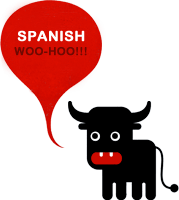Spanish Education System
There are many differences between the education system in Spain and that which we know so well in our own home countries. Not only do Spanish students not have to start school at an earlier age but they also study a much broader range of subjects. From age 6 to 16, education is free in Spain and most schools offer classes which are suited to the particular needs of each individual child, which can be a great help to those whose first language isn’t Spanish.
School in Spain

School is compulsory from age 7 in Spain whereas starting age is as low as 4 in England and 3 in France. However, though not required by law, children are able to attend pre-school from the age of 3, and most parents will opt for this path due to issues with the cost of childcare and the fact that this pre-school education is free. Following this, students must then attend primary school from age 6 until 11 and then secondary education lasts from 11 until 16 and is also free. During this time, students complete a qualification known as the Spanish School Leaving Certificate (Educación Secundaria Obligatoria - ESO), which is the equivalent of GCSE’s in England, this allows them to apply for further education or move on to vocational training.
Compulsory subjects for secondary education in Spain include: Maths, Science, Spanish, history, geography, a foreign language (English, French, and German), PE, art and literature. In addition, the final year of secondary education is a little more refined; students have the choice to take up two principal subjects that could include a second foreign language, music, art and science. One particular difference between the school system in Spain and in the UK is that if students do not manage to achieve satisfactory grades during a school year, then they must repeat the year.
Further Education in Spain
There are two main routes that Spanish students can follow upon completion of the ESO; the first and most common option is to continue with academic education and begin study towards achieving a baccalaureate qualification. Like British A Levels, the baccalaureate allows students to apply for university and provides them with a wide knowledge of a number of specified subjects, depending on what kind of degree they wish to complete in the future.
Like ESO, all baccalaureate students must study a number of compulsory subjects which include; a foreign language, history, Spanish and PE. Students are then able to specify a particular subject area in which to specialise. The choices available all also quite broad, though this allows students to gain a wide knowledge of subjects, providing them with a bigger choice of university course. The choices include; humanities, arts, sciences and engineering, natural and health sciences or social science.

The other choice for students following secondary education is to take up vocational training aiming to receive a Certificado de Técnico. This training is aimed more towards students who enjoy more hands-on education combined with studying and those who wish to follow a particular career that require this kind of training. Depending on the level achieved by students throughout training, many later go on to university or continue with further vocational training.
Enrolling at School
If you are planning on enrolling your child at a local Spanish school upon your arrival to the country it is important to conduct some research into the kind of school you are looking for and whether it would cater to the particular needs of your child. Like in most other European countries, it is natural for children to attend their local school, which in some cases can allow options, so it is important to consider this when you decide on your location of residency. Most state schools are taught in Spanish or other regional languages, such as Catalan or Basque, so it is also important to take this into account before enrolling at a school.
The process of enrolment begins with a visit to your local town hall where you should pick up a school registration form and a medical certificate for each child you wish to enrol. These forms require information such as vaccination history but also enquire as to what language classes will be taught in and whether or not you wish your child to study religion. Once a school has been allocated, you will need to provide copies of your child’s birth certificate, medical certificate and registration certificate. For more detailed information about enrolling at a Spanish school, visit: www.livespainforlife.co.uk









